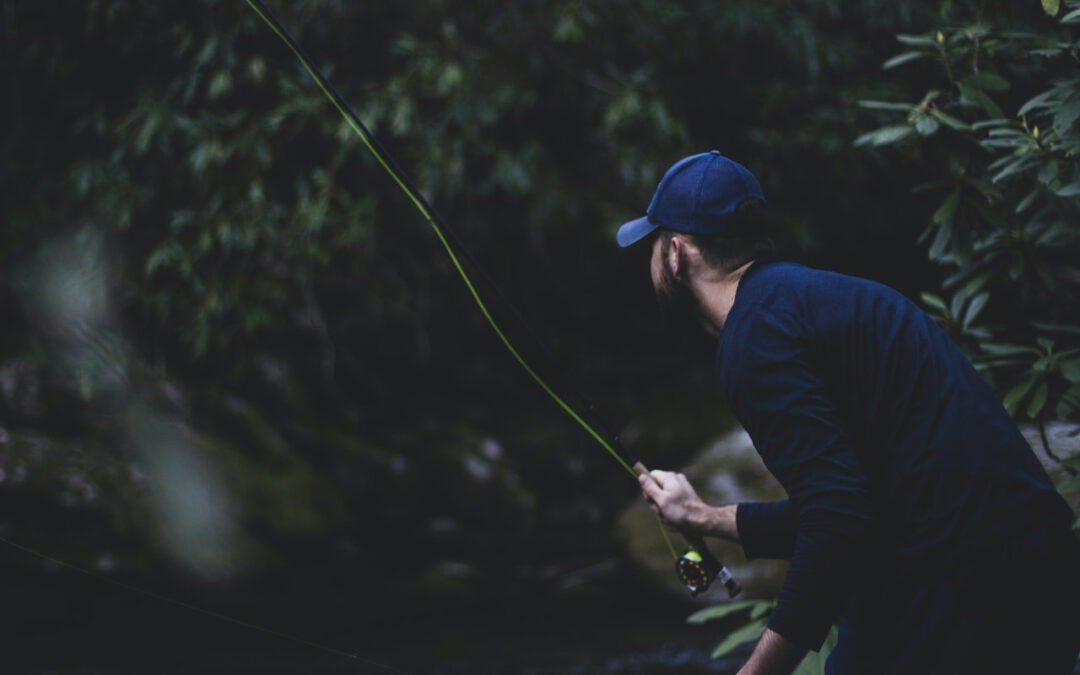One of the hardest things about trout fishing might be selecting the flies. There are so many patterns and variations that it can be a chore to pick the right one. All flies can be broken down into three categories; dry flies, wet flies, and nymphs. Picking the right fly is important in trout fishing. Different fishing conditions will call for different flies. A dry fly can be used when fishing upstream and downstream. Some common dry flies include caddies, dries cripples, mayflies, spinners, etc. A wet fly can be used when fishing upstream, across the stream, or down the stream. Wet flies are bigger than any other type of artificial flies and can be used to catch trout of any size. A nymph is typically tied on a heavier hook and is often attached with a small weight to keep it underwater. Some of the common nymphs used as lures for trout fish are stonefly nymphs, caddis nymphs, and mayfly nymphs.
Several things need to be considered in the fly that you use to catch a good-sized trout, including the size of the fly, color, its style, and its adaptability in different water and fishing conditions. The size of the fly is determined by the type of water conditions that you are fishing in. You need a fly that is 2 to 3 inches or more in colored water or cold water. The clear water of early summer requires small flies. The color of the fly is an important part of the decision when you are trying to pick the right fly for the conditions that you are fishing in. Orange is the best bet for fly color, especially if you are fishing in muddy water. Orange, yellow, or black flies are also better at the beginning of the season. Although the size of the hook is not as important, the style of the fly can be. Fishermen use single hooks nowadays, but because most single hooks are low water hooks, they don’t work effectively in all fishing conditions. It seems that there is a better chance of trapping a trout fish with a double or a treble hook even though singles are more humane to the fish and often give a more natural look to the fly. The type of fly you use can make a difference in different seasons. When fishing for trout in springtime, you can use the willie Gunn tube, allys shrimp, tosh 2-3”. During the summer, it is ideal to use stoats tail on a single or ally’s shrimp1″- 1.5.” And the comets and allys are common to use for trout fishing in the fall.
Another thing to consider when selecting the right fly is to know the kind of trout fishing you are fishing. Rainbow trout fish are more aggressive towards lures whereas, on the other hand, brownies are not. Most brownies are attracted to imitations like a nymph breaking the surface of the water. Most fishermen, out for brownies will use imitations of original fish to attract them. The only time when the brownies might be tempted with an artificial insect lure is at the beginning of the year.


